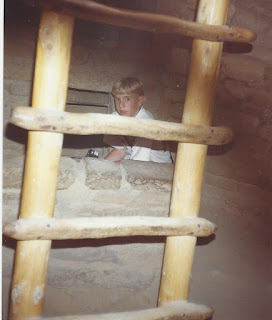I decided to spend a few days in Qatar on the front end of my train
adventure on the Golden Eagle from Tehran to Budapest.
The first thing I noticed, is that the amount of air conditioning,
highly-and-dramatically-lit skyscrapers, and road lighting is enormous. So it’s a good thing that these folks in
Qatar pump a lot of oil.
Door to door, 1221 Jones to The Torch Hotel: 32 hours. And
folks wonder why I take such longish trips -- I figure, after that investment
in travel time, you might as well hang around a region a while.
As I walked from baggage claim to the ATM machine at Doha airport, I thought back to my "early" days of international travel, when you had to order foreign currency in advance before you got on a plane. Now for this trip, with the exception of Iran where you cant use USA-based credit cards or debit cards because we still have "sanctions" on the country, you can get currency easily.
So far, no major surprises. My gimpy left toes gave me some
too-painful-to-sleep hours as that high altitude foot swelling thing kicked in
on the Dallas-Qatar 14.5 hour flight, but the flight attendants were very
gracious and brought me some ice in a baggy and that helped.
Now, I am off to the 47th floor of the hotel to have a bite to eat at the revolving restaurant on top. It's a clear night in Doha -- not always the case, I understand, because the traffic is epic -- so I am taking advantage of the view tonight. The Corniche part of the city is perhaps where I should have booked had I done some research, as it is very lively there, but you know me -- go first, learn later.
Above: Doha at night - As seen from the 360 restaurant atop The Torch hotel
The breakfast restaurant in The Torch hotel in Doha, Qatar uses actual
oriental carpets stiffened above with curved plywood I suspect, and suspends
them from the girders above the restaurant. They call the restaurant THE
FLYING CARPET. Its the usual breakfast buffet blah, but so fun!
Lots of women in full black hijab, with their romantically-mysterious looking
men in long white robes and those headresses fixed in place with black ropey
things...and the children as playful as anywhere and reeking havoc on the
buffet.
Then, a visit to the famous Museum of Islamic art. This is quite a landmark, designed by famous architect I.M. Pei, and it opened in 2008.
Its displays trace 1400 years of Islamic
art. To take a look at some of the collection, which includes ceramics,
manuscripts, textile and much much more, go to http://www.mia.org.qa/en/collections
It is built on an island off an artificial projecting peninsula near the traditional dhow
harbor. And like all good museums these days,
it has a marvelous café for lunch! There
was so much to look at, that it was dark when I left.
Above: Doha west bay at night, from the steps of the Islamic art
museum
I made a long day of it, ending at the Souq waqif in Doha,
where I got my required-in-Iran coverupm a "manteau".
Saturday I had a coffee meet-up with an HBS alum,
Hatim Hussain. I always enjoy those perspectives and learn so much! And I always wish I was a kid again when I am in a Middle Eastern coffe-bakery ... just look at those cakes behind me!





















































